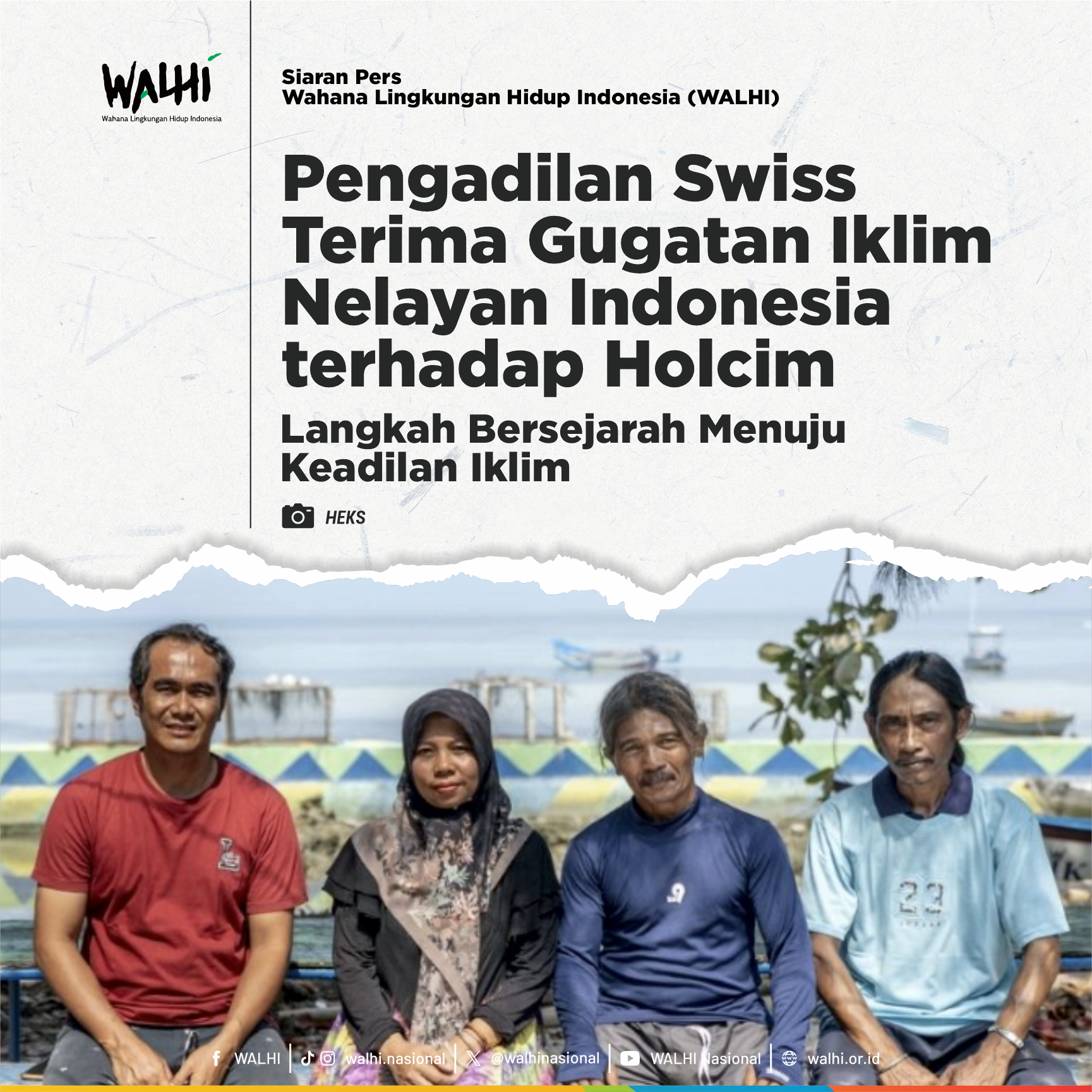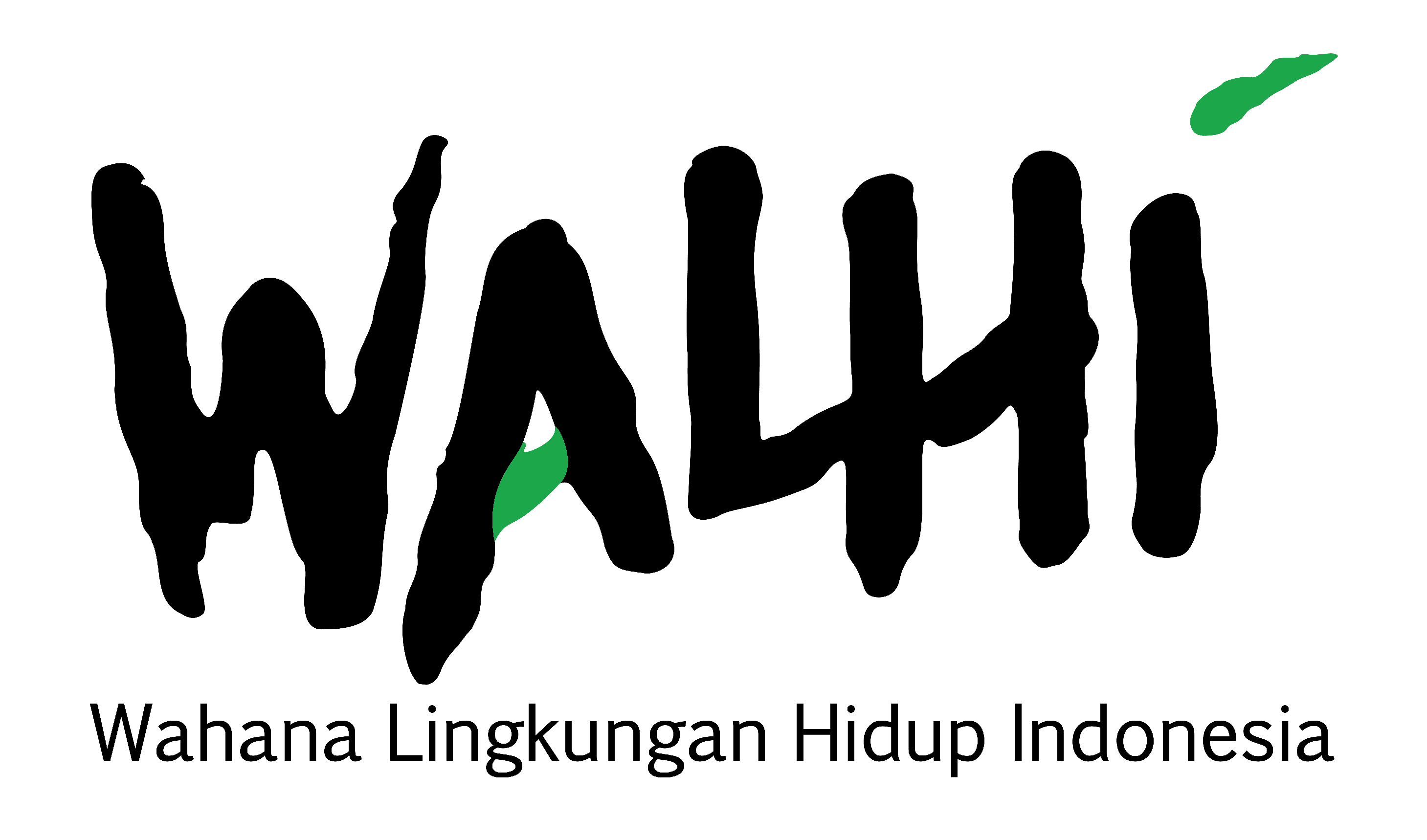“Save North Sumatra’s Last Wilderness” The Batang Toru Landscape, with a total area of around 150,000 ha, is located in the North Tapanuli, Central Tapanuli, South Tapanuli Districts of North Sumatra Province. Of this area, nearly 142,000 ha are primary forests. The intact Batang Toru landscape has amazing biodiversity and deserves greater public attention. In addition, the Batang Toru landscape also supports the lives of more than 130,000 people who enjoy the benefits of the environmental services it provides. Fascinating Flora and Fauna The Batang Toru ecosystem serves as a habitat for many protected and endangered wildlife species such as the Sumatran tiger (Panthera tigris sumatrae), sun bear (Helarctos malayanus), tapir (Tapirus indicus), serow (Capricornis sumatraensis) and various other charismatic species, including Ivory Hornbills (Rhinoplax vigil) and the Argus pheasant (Argusianus argus). Interesting plants include the tallest and largest flowers in the world, namely various types of Amorphophallus spp. and rafflesia (Rafflesia cf. micropylora-gadutensis). These steep mountain habitats have yielded many new species of orchids and several other interesting flora such as parasitic plants from the Balanophoraceae family, and new species of the saprophyticThismia genus. The Tapanuli Orangutan: Pongo tapanuliensis In November 2017 the names 'Tapanuli' and 'Batang Toru' suddenly became world famous! The orangutans in Tapanuli were previously considered the southernmost orangutan population of the Sumatran Orangutan, Pongo abelii. However, based on in-depth research by a group of Indonesian and international researchers in the fields of genetics, morphology, ecology and behaviour, orangutans in Batang Toru were found to be genetically closer to the Bornean Orangutan, Pongo pygmaeus, so they had to be declared a separate species, namely the Tapanuli Orangutan (Pongo tapanuliensis). Its distribution is very limited, and its small population (Threat from PT. North Sumatra Hydro Energy’s Batang Toru Hydropower Project, The Tapanuli Orangutan population is already threatened because of its slow breeding and fragmentation, and now it faces a new threat, namely the construction of the Batang Toru Hydroelectric mega project by PT. North Sumatra Hydro Energy (NSHE). The Batang Toru hydropower plant is touted to be the largest hydropower plant on the island of Sumatra with a capacity of 510 MW. Its development spans three subdistricts in South Tapanuli, namely Sipirok, Marancar and Batang Toru. The proposed develpment site is located in the habitat of the Tapanuli Orangutan in the Batang Toru forests. When it was announced in 2016, construction was planned to be completed and operational within 5 years. Project infrastructure in the form of access roads, high voltage cables, and an underground water tunnel, that will cut through 13 km of the Tapanuli orangutan habitat on the banks of the Batang Toru river will have a double impact. First, it will destroy any hope of reconnecting the three fragmented populations, and secondly, it will eliminate some of its richest habitat with the highest orangutan density, plus open access for people to their last habitat. Even the claim of '510 MW capacity' is dubious because this capacity will only be reached for 6 hours every day. The hydropower project is designed as a 'peaker' which is supplying electricity during high loads from 1800 to 2400 hours. The river flow will be stored for 18 hours, then released to generate electricity for 6 hours causing the river to be a trickle for 18 hours and a flood for 6 hours. Thus, this hydropower project will have very significant negative social and economic impacts on people living below the dam, especially those who depend on agriculture, fisheries and water transportation sectors. For example, rice fields beside the river will not be able to be cultivated anymore. The Disaster Threat In recent weeks and days, we have seen the terrible impact of the collapse of the hydropower dam in Laos, followed by the terrifying earthquake on Lombok Island. This reminds us that the Batang Toru Ecosystem is located beside the Great Sumatran Fault and in one of the locations on the Sumatran mainland that is most prone to earthquakes. Failure of the Batang Toru due to an earthquake would have catastrophic consequences for people living downstream. WALHI North Sumatra feels called to take action In mind of the many problems and threats mentioned above, the only correct choice to stop this project. WALHI North Sumatra considers this mega project to have more adverse effects on the environment and society than benefits. According to the Director of WALHI North Sumatra, Dana Prima Tarigan: “in an economic valuation, then the current income of communities is no less than the value of electricity supply. Moreover, this is the habitat of a unique but endangered great ape which we are proud is only found here in Indonesia”. “In addition, the people who have been managing forests and watersheds in a sustainable manner as a source of livelihood will move where? This means that there is no other choice but to stop this project” he stressed. Thus, WALHI North Sumatra along with 36 lawyers are currently registering a lawsuit challenging the environmental permits of PT. NSHE which WALHI North Sumatra consider to contravene several laws and regulations. For instance, laws concerning the issuance of environmental permits, access to good governance, and Law No. 32 of 2009 concerning Management and Protection of the Environment, and other regulations. In addition, WALHI North Sumatra sees the potential for environmental damage, community conflicts, and the risk of extinction of the Tapanuli orangutan due to habitat loss and fragmentation. WALHI North Sumatra also recognizes the potential for ecological disasters because the area is an epicentre of seismic activity in North Sumatra, being directly adjacent to a major faultline. WALHI North Sumatera Legal Team
| 1. Manambus Pasaribu, S.H, M.H | 13. Epraim Simanjuntak, S.H | 25. Helen NM Napitupulu, S.H., M.H |
| 2. Sahat M Hutagalung, S.H., M.Hum | 14. Jupenris Sidauruk, S.H | 26. Samsul Arifin Silitonga, S.H., M.H |
| 3. Roy Marsen Simarmata, S.H | 15. Irvan Viktor, S.H | 27. Muhammad Mitra Lubis, S.H |
| 4. Joice Novelin Ranapida, S.H | 16. Marjoko, S.H | 28. Padian Adi S. Siregar, S.H., M.H |
| 5. Ismail Hasan Koto, S.H | 17. Dewi Biotika Gangga, S.H | 29. Ronal Safriansah, S.H |
| 6. Muh. A Matondang, S.H., M.Hum | 18. Yopi Mariadi, S.H | 30. Nuriyono, S.H |
| 7. Teuku Raja Arief Faisal, S.H | 19. Alamsyah Hamdani, S.H | 31. Muslim Muis, S.H |
| 8. Surya Adinata, S.H., Mkn | 20. Ibrahim, S.H | 32. DR. Redyanto Sidi, S.H., M.H |
| 9. Ibrahim Nainggolan, S.H.,M.H | 21. Golfrid Siregar, S.H | 33. Andi Muttaqien, S.H |
| 10. Prasetio Hadi, S.H | 22. Pandapotan Simanjuntak, S.H.M.H | 34. Wahyu Wagiman, S.H., M.H |
| 11. Jeffrianto Sihotang, S.H | 23. Thomas Pakpahan, S.H | 35. Boy J Even Sembiring, S.H., M. |
| 12. Surya Darma Pardede, S.H | 24. Gindo Nadapdap, S.H., M.H | 36. Ronald M Siahaan, S.H., M.H |
Contact Persons : Dana Prima Tarigan, Regional Executive Director WALHI North Sumatera : 08126344992 :






